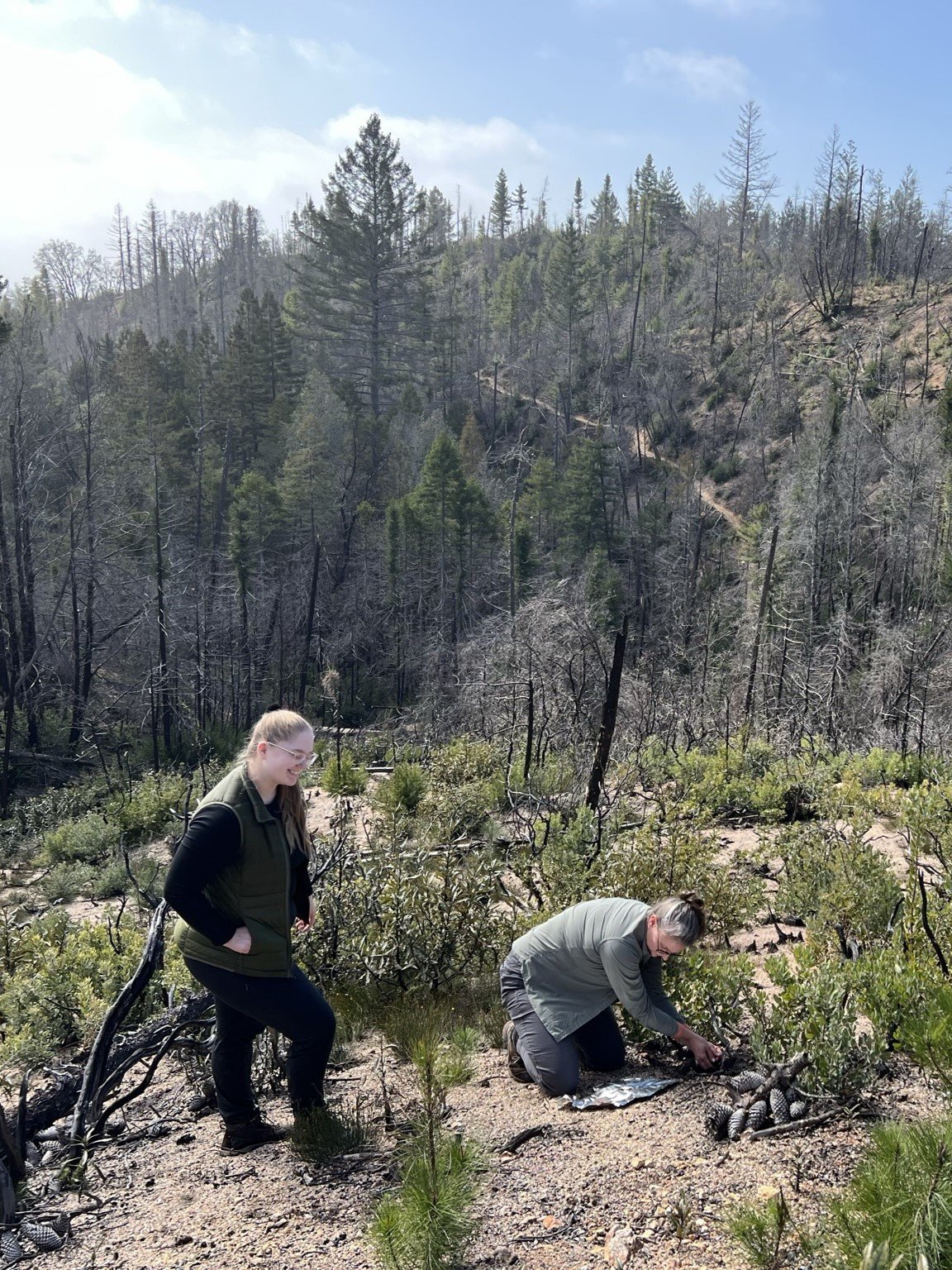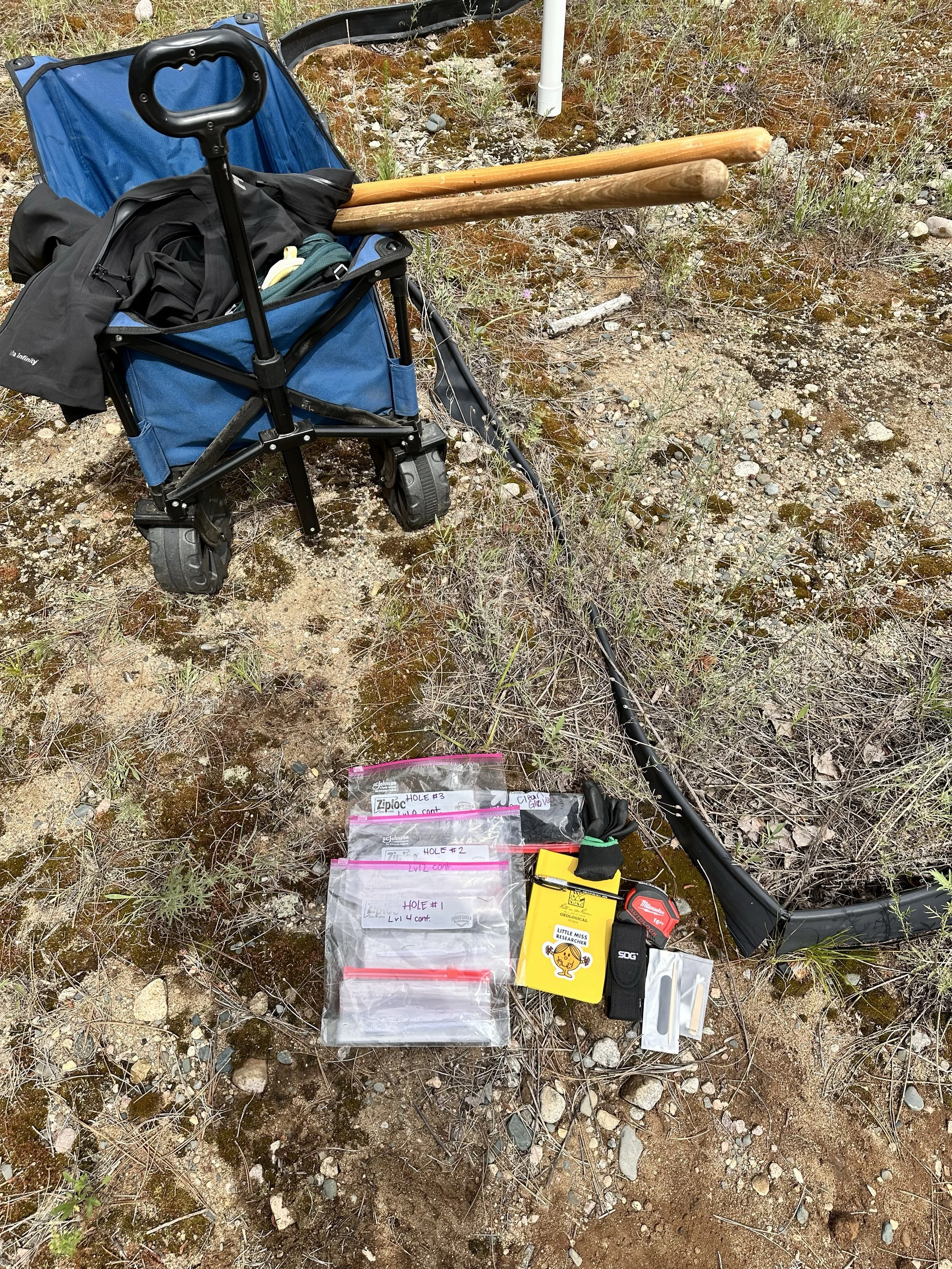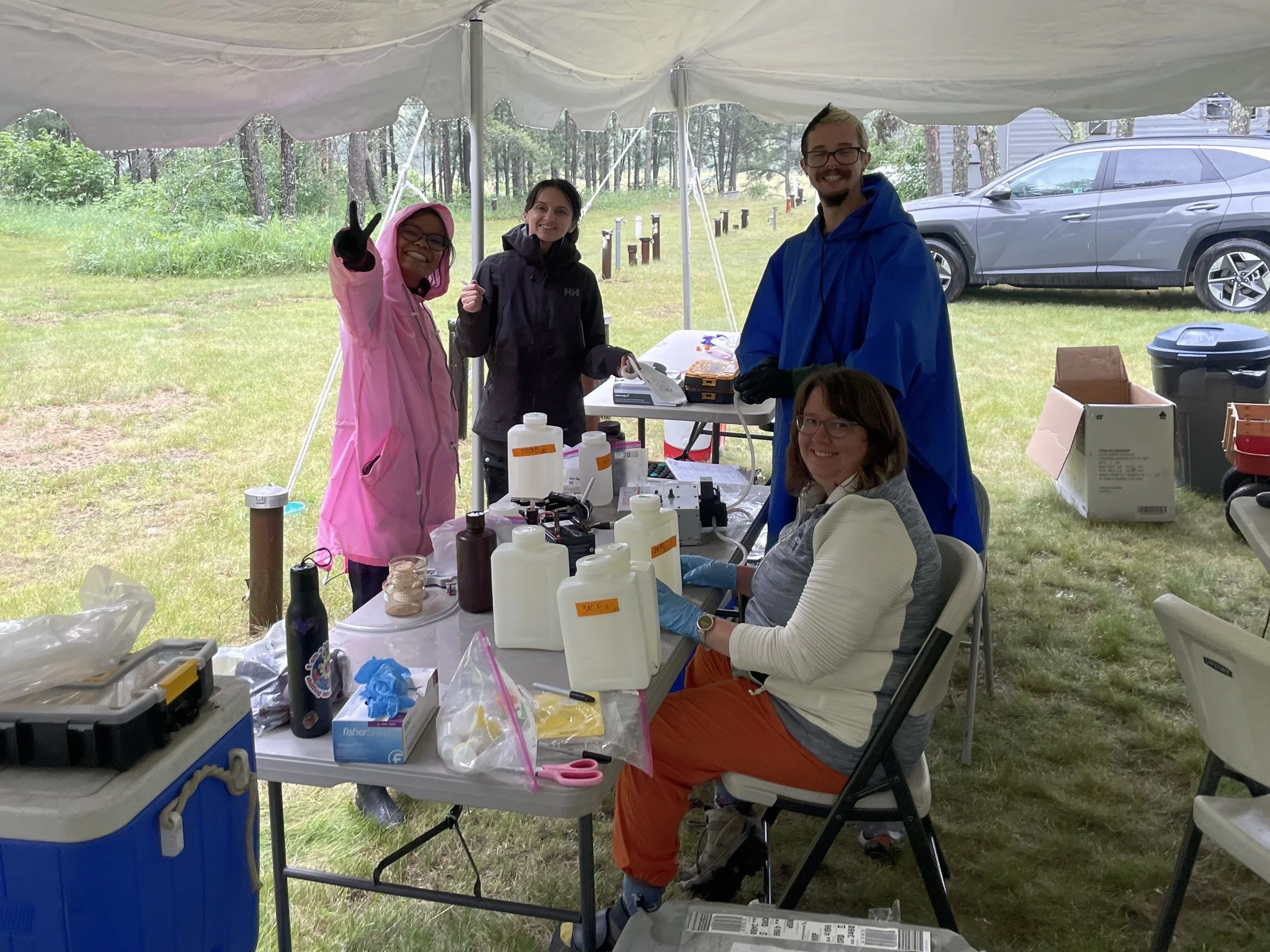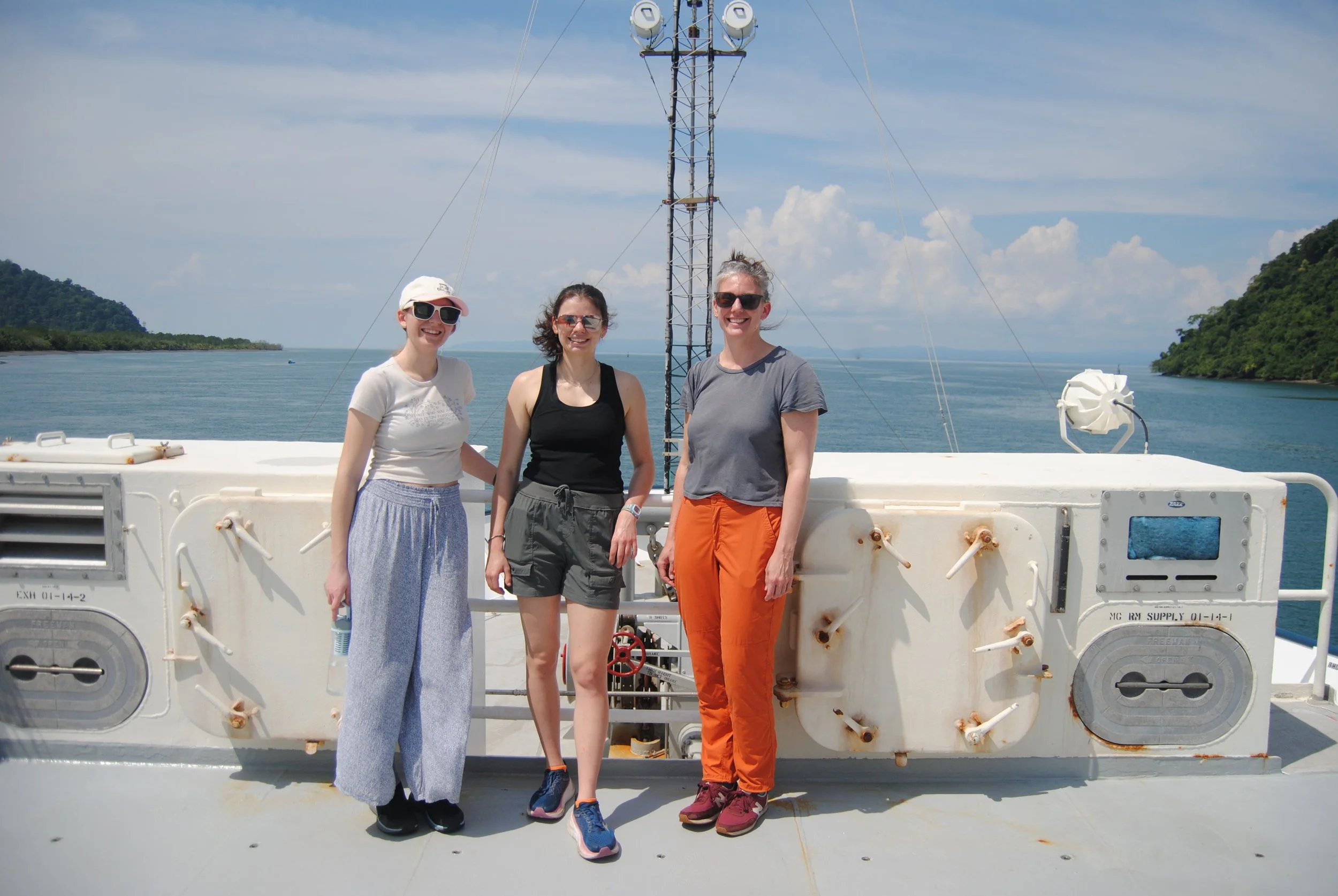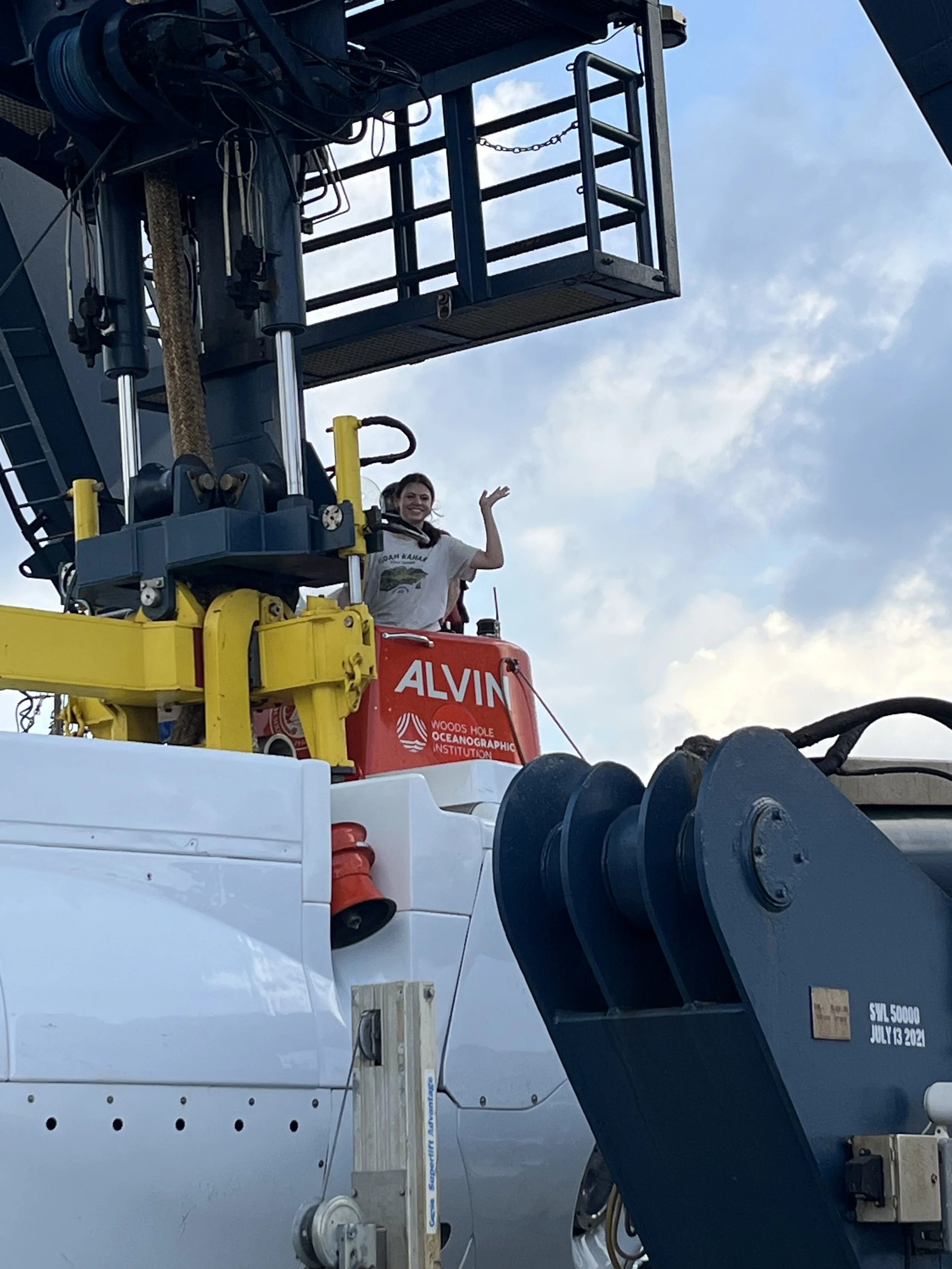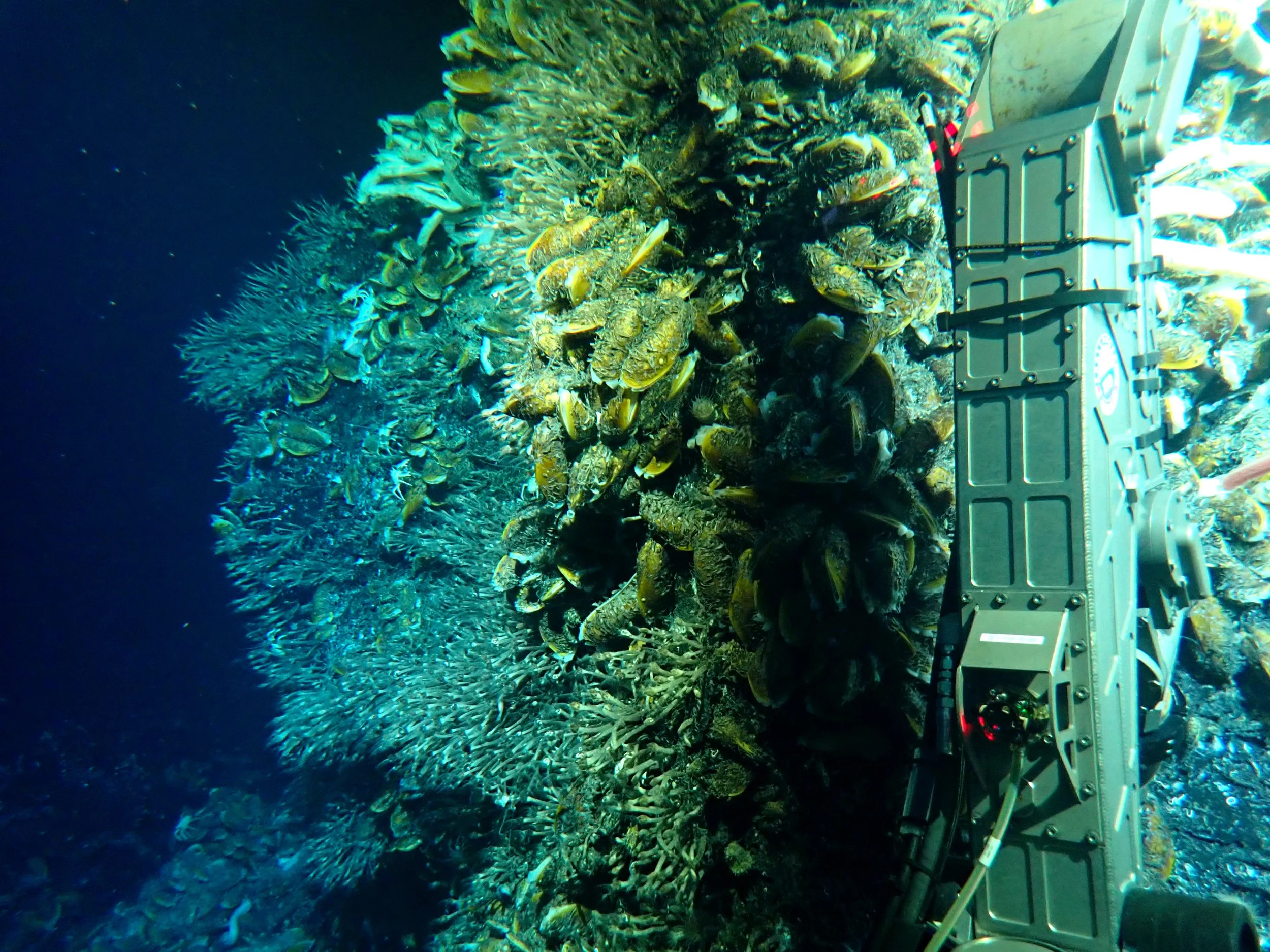Congratulations to Julia Hubbard who was awarded a $500 travel grant to attend the Deep Submergence Science Committee (DeSSC) New User Program in New Orleans, Louisiana ahead of the AGU Annual Meeting. At the conference, Julia will present her work on hydrothermal graphite and links between vent chimney mineralogy and dissolved black carbon in the deep ocean.
The DeSSC is a University-National Oceanographic Laboratory System (UNOLS) committee providing advisory responsibilities for the National Deep Submergence Facility.


